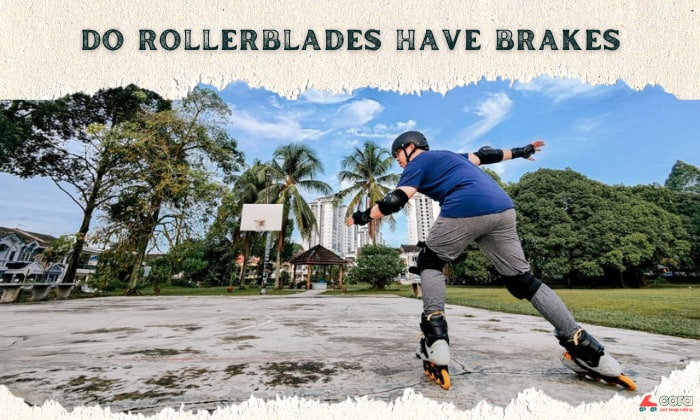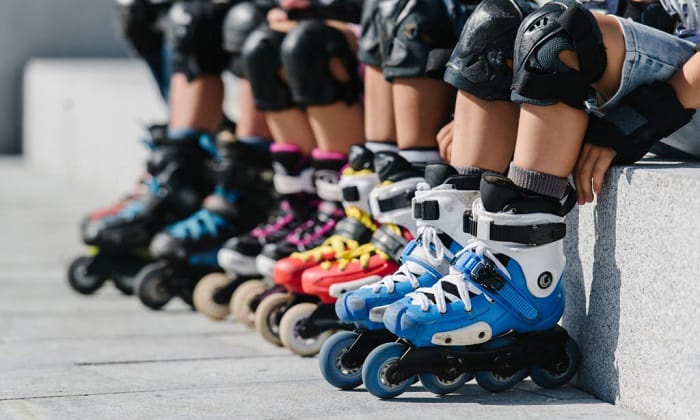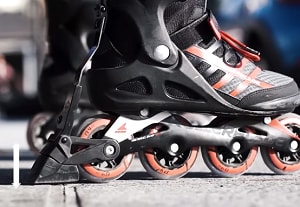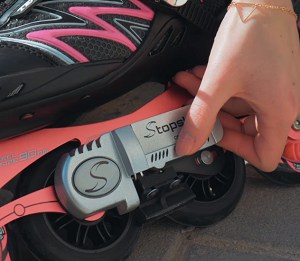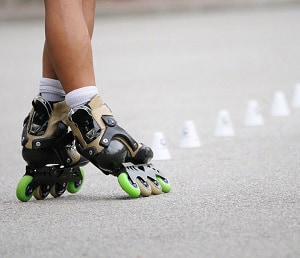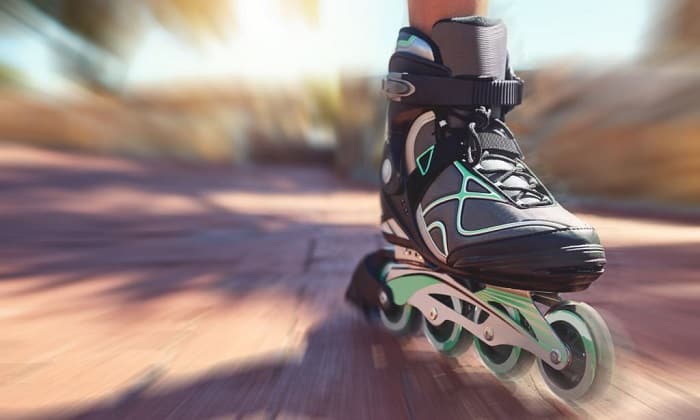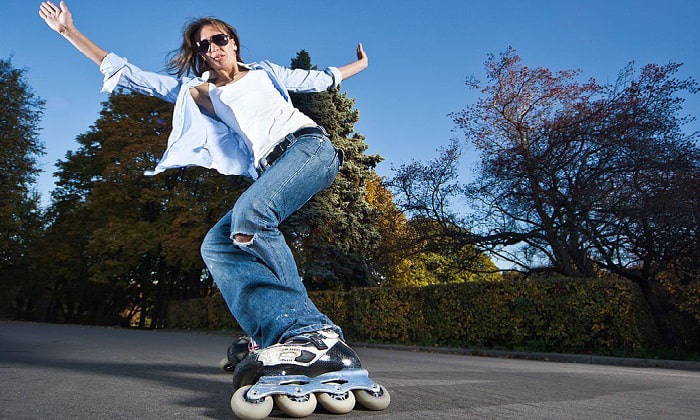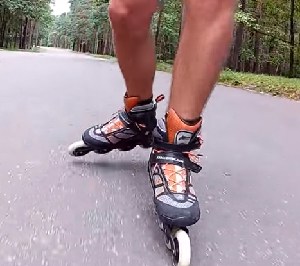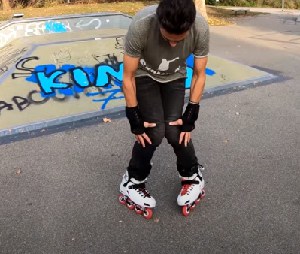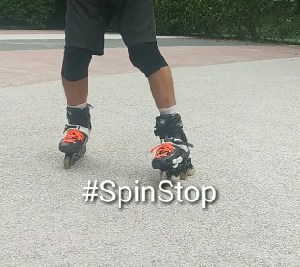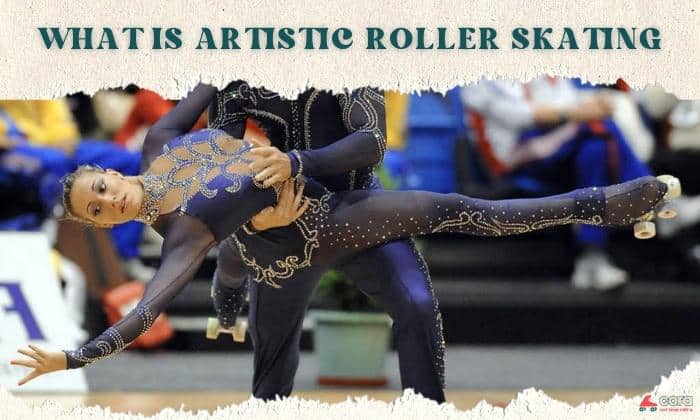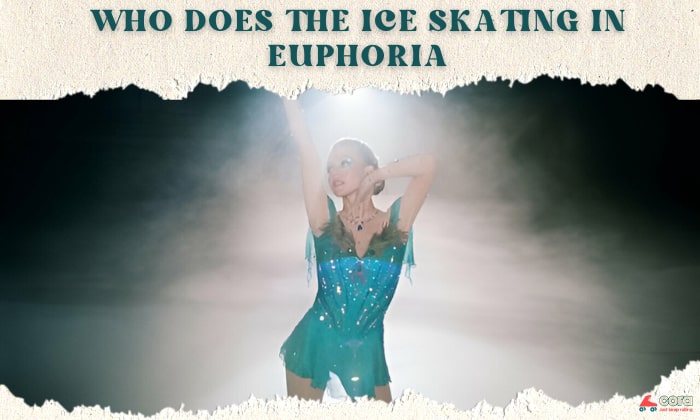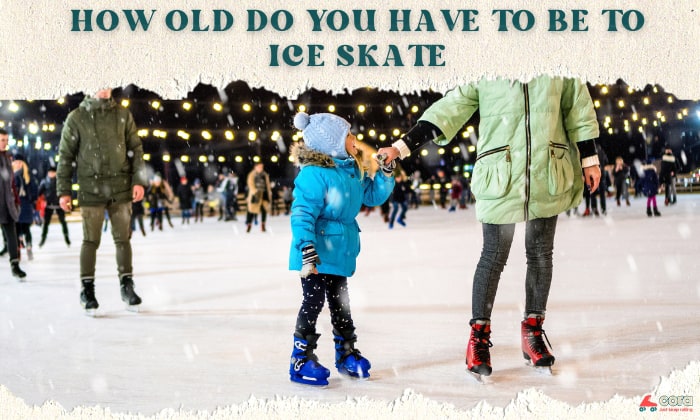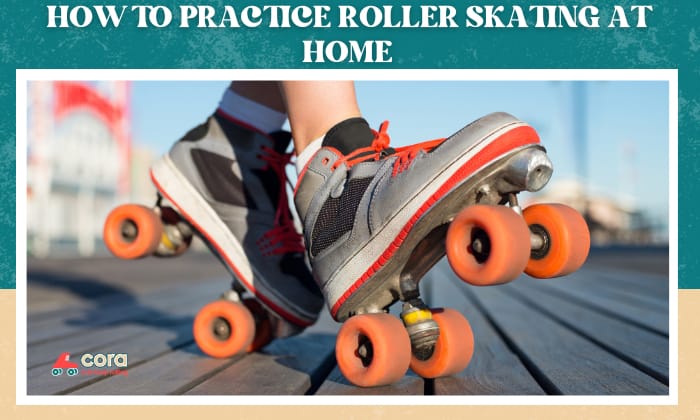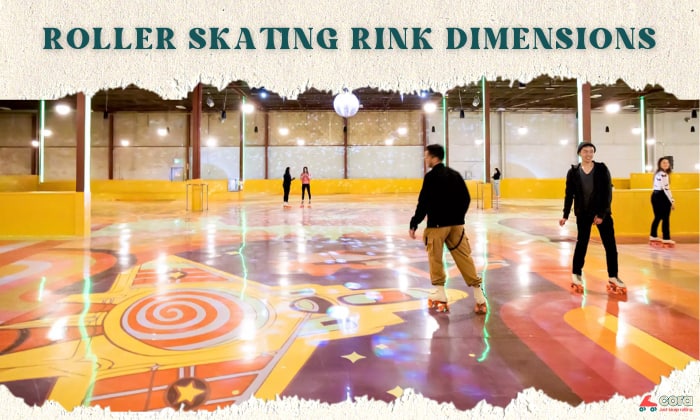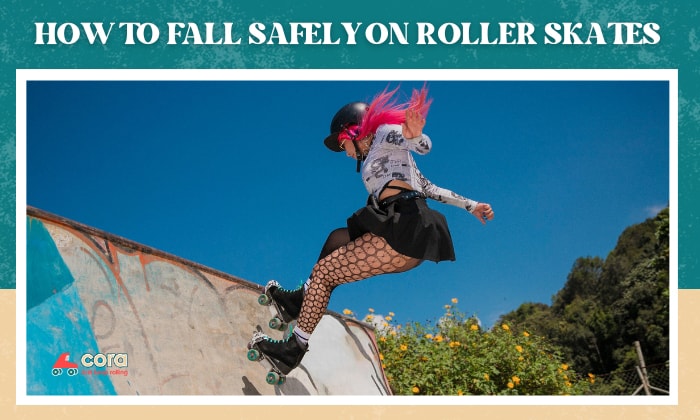Roller skates are equipped with front brakes, but what about inline skates? Do rollerblades have brakes?
Most inline skates come with a braking system, but it’s not uncommon to find those without one. Skaters using rollerblades without brakes must stop using braking techniques like the T Stop or V Stop.
There is more to discover about inline skates’ brakes, though. Continue reading this detailed blog post to learn about the different types of brakes available and how to stop on skates if you do not have brakes to rely on.
Page Contents
Different Types of Rollerblade Brakes
As we have mentioned briefly in the opening, most inline skates have brakes, but there are still exceptions. Rollerblades with no brakes are usually the higher-end models designed for skaters with higher skill levels. They are not recommended for beginners.
Rollerblade inline skates with brakes come with the brakes attached or included in the box.
If your pair of skates are pre-fitted with brakes, they are likely on the right side. However, if your brakes arrive in the box, you can attach them to either side according to your preferences.
If you zoom out and look at rollerblades with brakes in general and not just from a particular brand, there are several types, as explained below.
1. Traditional brakes
These are the most common. They are essentially hard rubber pads within plastic holders that are fixed to the skates near the rear wheel. Most rollerblading setups have these brakes on the right. But they can still be changed for skaters with a dominant left foot.
To use traditional brakes, skaters just need to grind their heels against the ground and let friction halt their pace to a standstill. The simple mechanism makes this braking system particularly great for beginner skaters.
2. ABT (Active brake technology) brakes
Rollerblades with ABT brakes were introduced in the mid-1990s to help new skaters get used to stopping on skates. As such, they commonly appear on entry-level inline skates.
There is a braking arm that runs behind the boot of the skates from the cuffs. When skaters apply pressure to the cuffs with their wheels still on the ground, the braking arm is activated, and ABT brake pad pushes into the ground to pull to a stop.
3. HABS (height adjustable brake system)
This is a braking system designed by Powerslide, a well-known skate brand. As suggested in the name, this braking system offers skaters the option to adjust the height of the brake.
As a result, skaters can align the brake with their specific skating style and stopping habits. This keeps the brakes from wear and tear and delivers optimal comfort to skaters.
You just need to attach it to your skates through the rear axle. However, it will only work on pairs that have HABS-compatible frames, and not all Powerslide skates have these frames.
4. Synchro brake system
This is another braking system from Powerslide. It is somewhat similar to ABT brakes. There is a cuff that activates to prompt a braking slat within the frame of the skates. Skaters can enjoy more controlled braking as all the wheels stop at the same time.
5. Electronic brake system
This is an innovative electronic brake system designed by the Czech company Stopskate, which was founded in 2017. It is meant to make rollerblading safer, more comfortable, and more accessible.
You can control the brakes wirelessly and stop smoothly each time you need to. The brakes will run on batteries for 2 to 4 hours and a self-adjusting calibration system.
6. No brakes
This is exactly what it sounds like: there are no brakes. Skaters can stop by using techniques instead. Skates without brakes are commonly seen in aggressive skating, speed skating, and hockey skating.
These skates usually have wheels with a large diameter and frames with a light, long build.
Why Do Some Inline Skates Not Have Brakes?
Brakes can get in the way when it comes to skating fast and performing tricks, so some manufacturers exclude brakes to cater to skaters who prefer speed skating and going tricks.
Although it might sound unbelievable to beginner skaters, brakeless inline skates are actually not too uncommon. Skaters can still stop while skating by applying braking techniques, such as the T Stop and V Stop.
Safest Ways to Stop on Rollerblades
1. Using the t-stop
To do this, glide one skate behind the other at an 80 – 90 degrees angle and let it drag. Make sure this foot is about slightly behind so you do not trip and tumble over. The dragging foot will create friction, which slows you down and eventually pulls you to a standstill.
This is a safe way to stop on inline skates, but it can quickly wear down your wheels. So, it is best not to overuse it.
2. Using the plow stop
Align your shoulders, hips, and knees, then drop your center of gravity by going into a low stance. Push your skates outward and glide them out in an arc shape. When you reach the furthest arc point, push your heels outward and your toes inward to stop.
You will get the hang of it after practicing it a couple of times. Rest assured that it is beginner-friendly!
3. Using the spin stop
This technique means you’ll spin your body to stop. To do so, twist your body in whichever direction you’re most comfortable with while keeping your legs close. Extend your arms to keep balance as you spin, which will expend the rest of your momentum, allowing you to stop.
4. Using the fish brake
This is a great way to stop while rollerblading downhill or on a wide, empty path. To do it, start in a knees-bent posture and scissored feet (One foot should be roughly a couple of inches behind the other). Go from one side to the other and let your pace slow to an eventual stop.
Conclusion
As you have read, the answer to “Do rollerblades have brakes?” is yes. You also know that inline skates do not only have one brake type. Skates can have a traditional, ABT pad, height adjustable, Synchro, or no-brake system.
When shopping for inline skates, it is important to take the braking mechanism into account. If you are a beginner, you should get skates with traditional brakes. On the contrary, no brakes will be better if you have higher skill levels and are seeking thrills in speed skating and doing tricks.

Harrison is a skating enthusiast who picked up the sport during her student exchange years in Canada. She has been a skating coach for children and teens for 3 years and now holds classes as a freelancer. Harrison entwines her experience leading skating classes in the content published on Cora to help readers fall in love with skating, just like she did.


